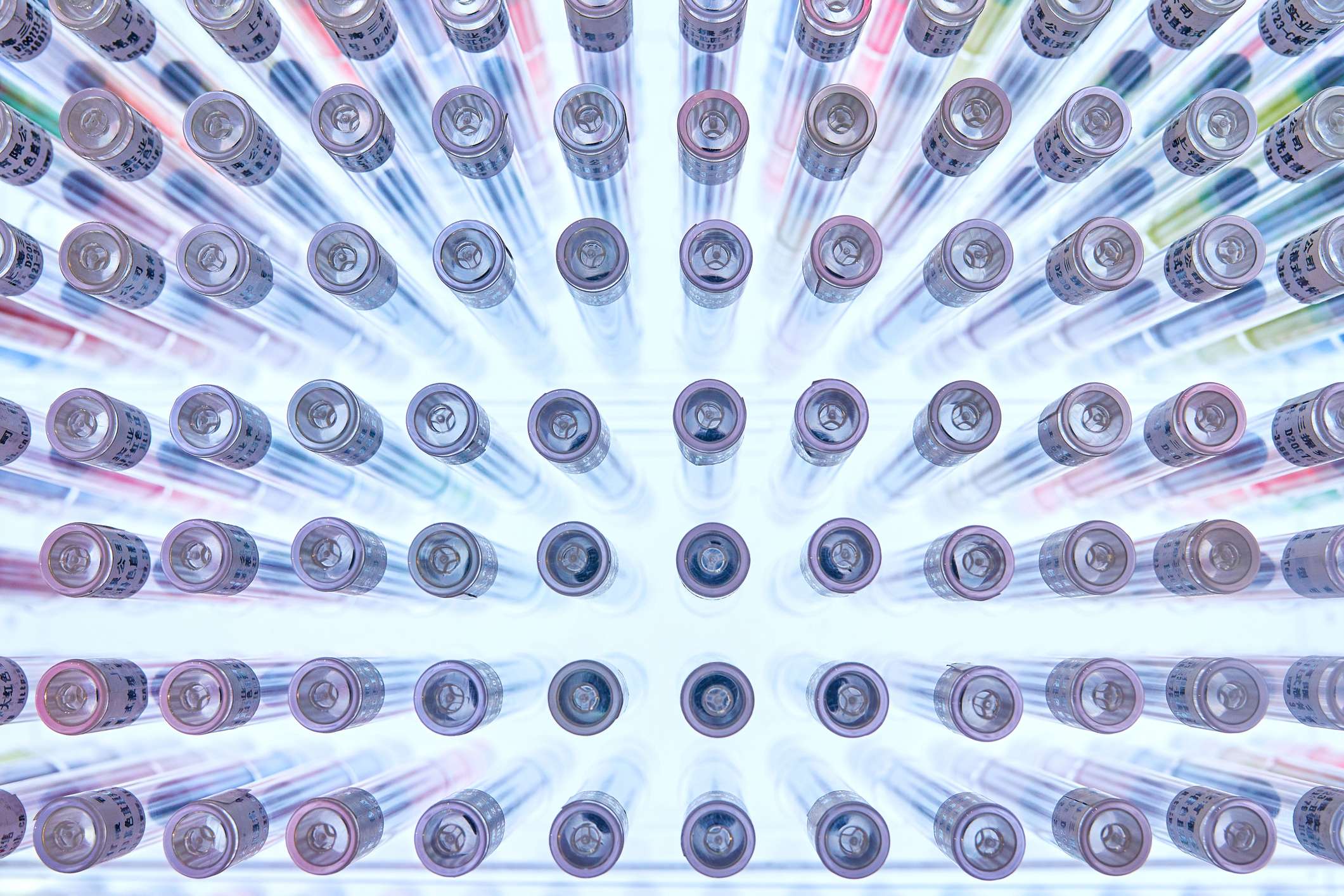The Registration, Evaluation, Authorisation, and Restriction of Chemicals (REACH) Regulation is one of the most impactful product compliance regulations in the world. Companies within the EU and outside of it must comply with numerous REACH requirements to sell their products in the EU.
As supply chain sustainability gains greater importance within the EU and in the global market, REACH compliance will be a cornerstone of a more sustainable supply chain. By complying with REACH, manufacturers contribute to a more sustainable planet by adhering to strict governance of chemicals that could cause environmental and health hazards.
Supply Chain Sustainability: What It Is, Why It Matters
Supply chain sustainability measures the impact of your organization on employees, the local community, and the planet. Going beyond what happens within the four walls of a single company, supply chain sustainability brings transparency to supply chains and holds companies accountable for the actions of their suppliers, including those deep in their supply chain.
Researchers from the United Nations estimate that as much as 90 percent of a manufacturer’s impact on the environment and on people comes from the supply chain.
This figure explains why it’s crucial that manufacturers build deep supply chain sustainability to meet the demands of investors and regulators. Consumers prefer sustainable brands as well, which makes supply chain sustainability a competitive advantage for manufacturers. Consider the following:
- In 2020, 85 percent of investors considered factors related to the environment, employees, and corporate governance.
- Regulations under the EU New Green Deal signal greater product compliance enforcement and regulations to protect the environment, requiring greater supply chain transparency.
- Specifically, the Ecodesign for Sustainable Product Regulation (ESPR) proposal, non-financial criteria of the Taxonomy Regulation, and the EcoCrime Directive revision place greater pressure on manufacturers to be sustainable.
It’s imperative that manufacturers build supply chain sustainability to remain relevant, competitive, and profitable now and in the future.
REACH & Supply Chain Sustainability
The REACH Regulation was written in part to boost the sustainability (as well as competitive innovation) of the European chemical industry. One of its goals is to protect human health and the environment from the risks chemicals pose. As such, the relationship between REACH and supply chain sustainability can be characterized in two ways:
- Creating a supply chain that is sustainable
- Creating a supply chain that can deliver sustainable products
A sustainable supply chain operates based on processes that quickly and reliably deliver information on goods to support their clients’ sustainability. Moreover, you can’t have sustainable products if they are not safe. A supply chain built to deliver sustainable products delivers information to support sustainability, and more importantly, aims to substitute substances of very high concern (SVHCs) in products.
REACH’s Evolution Under the EU’s Green Deal
The EU’s Green Deal is the strategy to transition the bloc’s economy to a more sustainable model. Presented in 2019, the Green Deal’s objective is for Europe to become the first climate-neutral and ecologically sustainable continent by 2050. With the Green Deal in place, the EU hopes for a cleaner environment, more affordable energy, transportation that’s smarter and pollutes less, new jobs, and a higher quality of life for all.
The REACH Regulation is instrumental for the Green Deal. Initially, legislators intended that REACH would help manufacturers understand where chemicals were in the supply chain, and they could prevent or mitigate risks based on that knowledge. However, the experiences of implementing and enforcing REACH were crucial to formulating the Green Deal as well as the proposed revision of REACH. The proposed revision highlights the link between sustainability and REACH; EU legislators believe REACH can further protect people and the environment against hazardous chemicals, and that it can spur innovation to develop safe alternatives.
An EU economy based on sustainable manufacturing requires REACH as it serves as an efficient tool to reliably understand scientific evidence regarding chemicals’ impact on humans and the environment. The regulation also clearly demonstrates why certain chemicals must be phased out and defines essential use criteria (meaning that the most harmful chemicals can only be used if they’re necessary for health or safety, or they’re critical for the functioning of society, and there are no acceptable alternatives from a health or environmental standpoint).
Under REACH, the authorization and restriction of dangerous chemicals will continue. However, they will be amended to ensure dangerous substances are phased out, no potentially harmful substitutions take their place, and manufacturers can continue to use the chemicals they need until viable alternatives exist. The REACH Regulation has provided important lessons in sustainability for EU legislators. Specifically, focusing on particular substances through a risk-based approach was too cumbersome and inefficient. As a result, future focus will be on families of hazardous substances, such as per- and polyfluoroalkyl substances (PFAS). Only a few families of hazardous chemicals will receive limited authorization for use.
REACH Compliance & Sustainability
To understand the relationship between REACH compliance and sustainability, let’s take a moment to understand what REACH compliance means.
REACH compliance requires a combination of three factors:
- Not using substances subject to authorizations in ways that are unauthorized
- Not using substances for restricted uses
- Reporting on all Candidate List substances
REACH compliance is inextricably linked with sustainability. By ensuring they produce safe products for humans and the environment, manufacturers contribute to a more sustainable economy and planet.
Working With Assent to Build More Sustainable Products
REACH compliance provides manufacturers with EU market access and has the added benefit of creating more sustainable products. Assent’s REACH solution deep-maps the supply chain to identify risks down to the article level, even the substances within parts.
Our solution is backed by subject matter experts who guide our customers and their suppliers through regulatory changes. The solution also automates data acquisition, validation, and management from a centralized, workflow-driven cloud interface. With Assent’s solution, you can reallocate your team’s efforts so they can focus on critical activities, rather than gathering data.
To learn more about how Assent’s REACH solution boosts compliance and sustainability, Contact us.
Want to learn more about sustainability and product compliance? Read our guide, Product Compliance: Your Supply Chain Sustainability Foundation.









